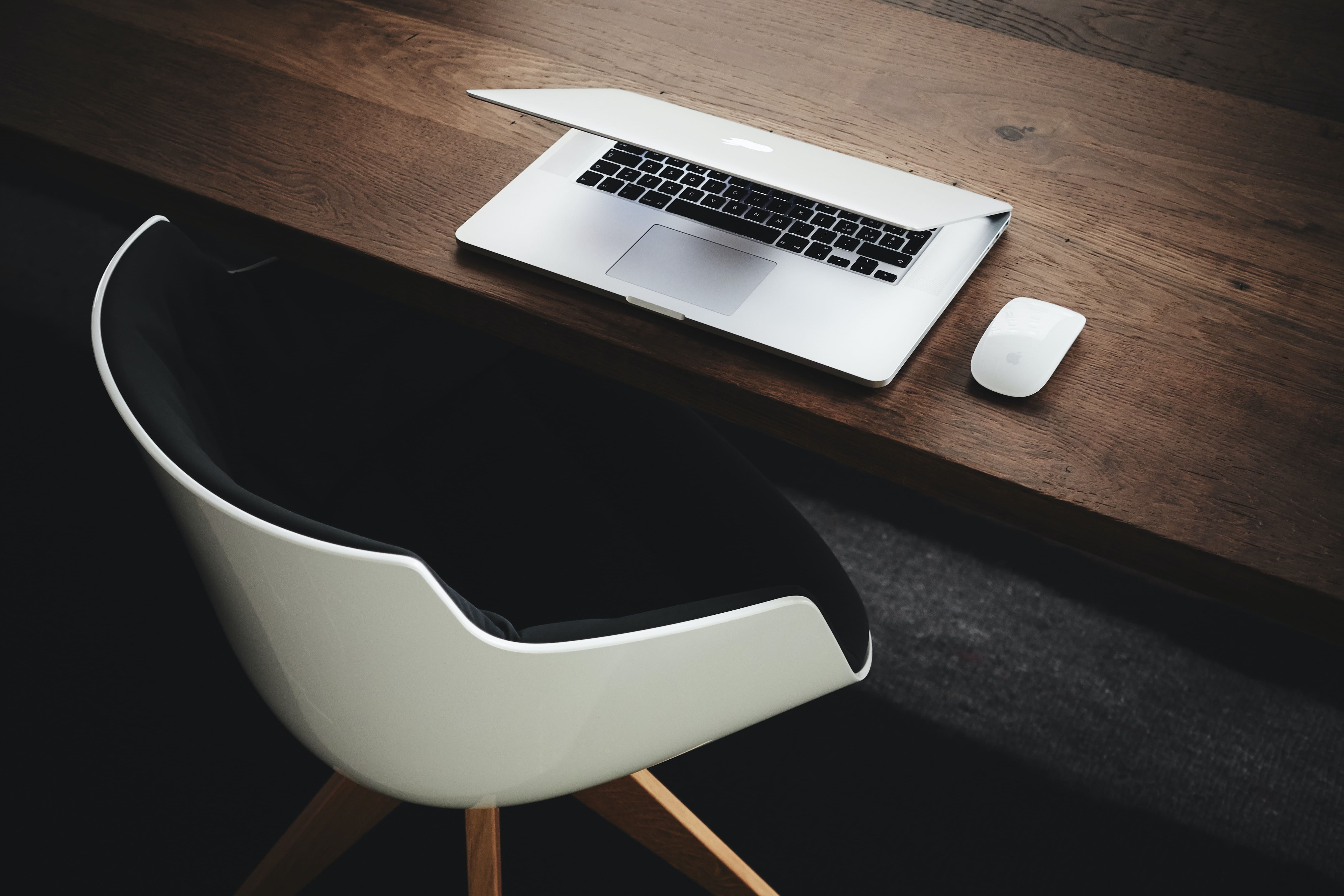

Fluffy Pancakes 101: The Science Behind the Fluffiness
When it comes to making fluffy pancakes, understanding the science behind it can make all the difference. There are a few key factors that contribute to the fluffiness of pancakes:
Baking Powder and Baking Soda
Baking powder and baking soda are two common leavening agents used in pancake recipes. They release carbon dioxide gas when combined with moisture and heat, causing the pancakes to rise and become fluffy. Baking powder is a combination of baking soda, cream of tartar, and a dry acid, while baking soda is pure sodium bicarbonate.
Air Incorporation
Another important factor in achieving fluffy pancakes is the incorporation of air into the batter. This can be done by gently folding beaten egg whites into the batter or by using a mixing method that incorporates air, such as the "baking soda and vinegar" method. When air is trapped in the batter, it expands during cooking, resulting in fluffy pancakes.
Proper Mixing Technique
Proper mixing technique is crucial for fluffy pancakes. Overmixing the batter can lead to gluten development, resulting in dense and tough pancakes. To prevent this, it's best to mix the wet and dry ingredients until just combined. A few lumps in the batter are actually desirable as they indicate minimal mixing.
Cooking Temperature
The cooking temperature also plays a role in pancake fluffiness. Cooking pancakes over medium heat allows them to cook evenly and rise properly. If the heat is too high, the pancakes may cook too quickly on the outside while remaining uncooked and dense on the inside.
References:
1. Serious Eats: How to Make Fluffy Pancakes
Related Posts
© 2025 Invastor. All Rights Reserved

User Comments